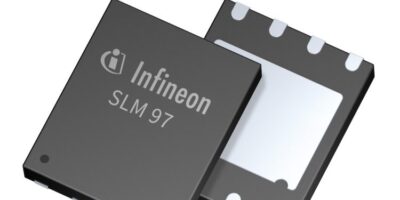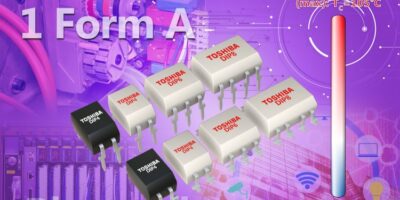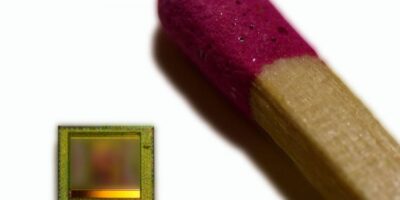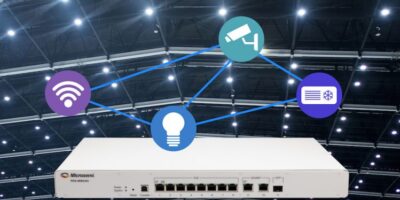Distributor Arrow Electronics has signed a global agreement with Infineon and Arkessa to simplify secure and scalable cellular connectivity for IoT devices.
Security is a major concern for organisations using connected devices. Infineon provides the secured hardware controllers based on GSMA’s Embedded Subscriber Identity Module (eSIM) specification and Arkessa provides secured mobile data services with the ability to provision and manage IoT devices from the factory into the field.
OEMs, system integrators and enterprises can obtain all the technology and service elements required to provide consistent connectivity for IoT devices anywhere in the world, explains Arrow, optimising Infineon’s security features and Arkessa’s network access and provisioning. eSIMs provide greater security and reliability in multiple IoT applications, continues Arrow, and can be flexibly coupled with cellular, NB-IoT, and LTE-M services today from Arkessa.
Andrew Orrock, CEO Arkessa, said: “We are delighted to be working with Arrow and Infineon to deliver the secure global connectivity that allows customers to deploy their IoT applications easily, efficiently, and at scale, wherever their devices are in the world.”
For progress to be made in Industry 4.0 adoption, machine to machine (M2M) communication must be secure. Machines in smart factories are increasingly using cellular networks to exchange information that ensures smooth operation and improves efficiency. Infineon’s SLM family of security controllers are optimised for industrial applications, providing higher levels of endurance over an extended temperature range of -40 to +105 degrees C.
In addition to industrial use, this secure connectivity can be used across smart cities, retail, and asset tracking.
Arrow provides components, modules and software for the edge of the IoT right through to the cloud services and analytics that exploit the data generated and encompasses all the connectivity in between and the security to protect the integrity of the network and its data.
Aiden Mitchell, vice president IoT, Arrow Electronics, said: “This new agreement will enable organisations to take advantage of the latest technologies to execute connected device strategies, using secure cellular services at scale, while staying focused on their own strengths and differentiators to create better outcomes for their customers and without being dependent on their clients’ networks.”







